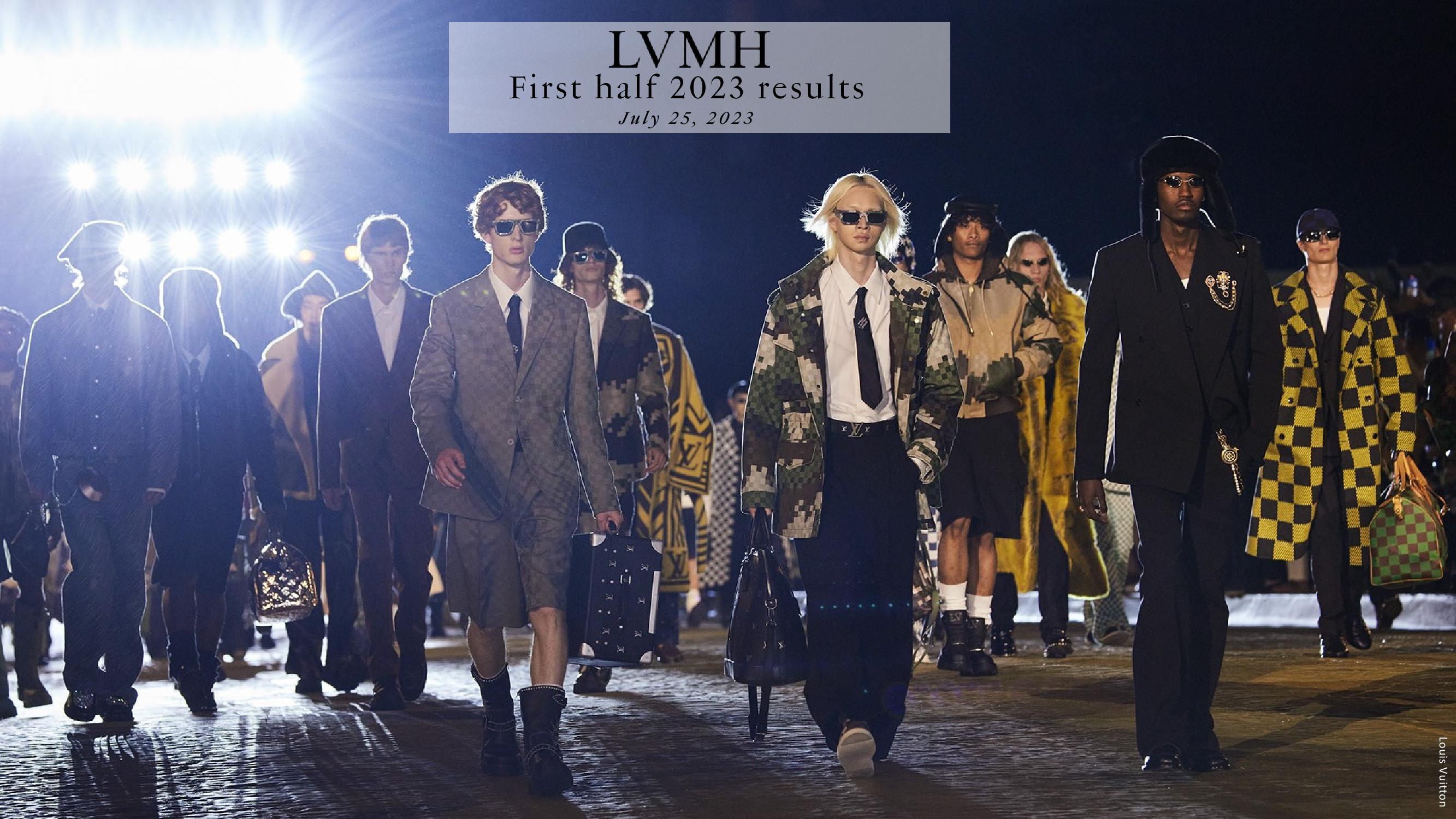Africa Clean Energy - Catalysing Africa's Solar Markets
Made public by
TETRA TECH
sourced by PitchSend
Creator
TETRA TECH
Category
International Development
Published
2030
Slides
Transcriptions
Download to PowerPoint
Download presentation as an editable powerpoint.
Related
























